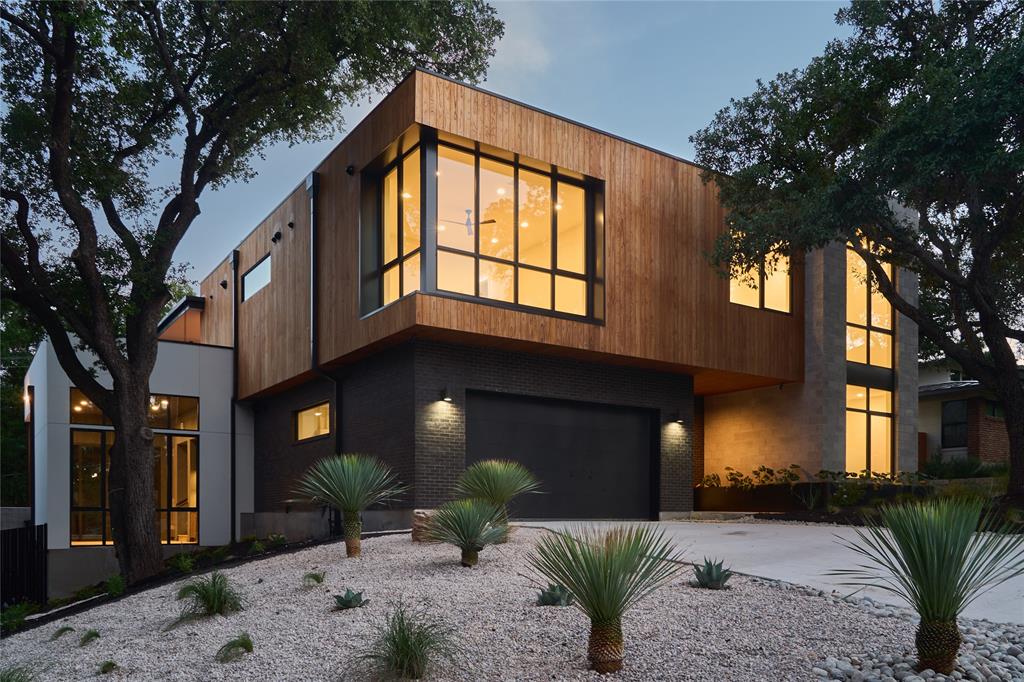In recent years, Austin, Texas has consistently ranked as one of the top real estate markets in the United States, and 2024 is no different. With a booming tech industry, a growing population, and increasing housing demand, Austin continues to attract homebuyers and investors from across the country. But what makes Austin’s real estate market so hot in 2024? Let’s dive into the factors driving Austin’s real estate growth and why this city remains a prime location for buying and investing in property.
1. Austin’s Booming Job Market Fuels Housing Demand
One of the key factors that make Austin such an attractive real estate market is its thriving job market. Often referred to as “Silicon Hills,” Austin has become a major tech hub, drawing companies like Apple, Google, Amazon, and Tesla. These tech giants have established headquarters or large offices in Austin, creating a wealth of high-paying job opportunities. This influx of tech talent has spurred a steady increase in demand for housing, both for homebuyers and renters.
In addition to the tech sector, Austin’s healthcare, education, and government industries remain strong, providing stable employment for residents across various sectors. The University of Texas at Austin and the state government continue to be major employers, contributing to the city’s stable economy and helping to fuel the real estate market’s growth.
2. Population Growth Driving Real Estate Prices
Austin’s population growth is another significant factor contributing to the strength of its real estate market. According to the U.S. Census Bureau, Austin has been one of the fastest-growing cities in the country over the last decade. The metro area has welcomed thousands of new residents every year, and that trend is expected to continue in 2024.
This rapid population growth has driven up demand for housing, particularly in suburban areas where homebuyers are seeking more space and affordability. While home prices in Austin proper have climbed, areas like Williamson, Hays, and Bastrop counties offer more affordable alternatives, making them popular choices for those looking to buy just outside the city limits.
As of mid-2024, the median home price in the Austin-Round Rock-San Marcos metro area stands at $450,000, with Austin proper’s median price sitting at $585,000. While these prices may seem steep, they represent a slight cooling compared to the highs of previous years, offering a unique opportunity for buyers to enter the market at more favorable rates.
3. High Housing Inventory: A Buyer’s Market?
One of the most compelling reasons why Austin is an attractive real estate market in 2024 is the increased housing inventory. According to the Austin Board of Realtors (ABoR), the city is experiencing its highest level of housing inventory in over a decade. Currently, there are more than 12,600 active home listings in the Austin metro area, giving buyers more choices and negotiating power.
This high inventory level means that buyers have a greater selection of homes to choose from, reducing the intense bidding wars that have been common in Austin over the past few years. Whether you’re looking for a downtown condo, a family home in the suburbs, or a new construction property, the increased inventory gives buyers more time to find the right property without feeling rushed or pressured by competition.
4. Austin’s Suburbs Are Thriving
While Austin’s downtown area remains a hot spot for real estate, many homebuyers are now turning to the suburbs for more affordable options and larger homes. Suburban areas like Cedar Park, Round Rock, Leander, and Pflugerville are seeing a surge in demand as more buyers seek space, privacy, and a quieter lifestyle.
Williamson County, in particular, has become one of the fastest-growing areas in the state. The median home price in Williamson County is around $428,500, making it a more affordable alternative to buying in Austin proper. Suburbs like Hays County and Bastrop County also offer more affordable prices, with median home prices at $385,500 and $343,745, respectively.
These suburban areas are not only attracting families looking for larger homes but also investors who see the potential for long-term appreciation as these areas continue to develop and grow.
5. Strong Rental Market for Investors
Austin’s booming population and job market have also made it a strong rental market, attracting investors looking for rental properties. With so many people moving to Austin for job opportunities, the demand for rental units remains high, particularly in downtown and high-growth suburban areas.
In 2024, developers are expected to complete more than 21,500 new apartment units across the Austin metro area. This surge in rental properties is meeting the needs of the city’s growing population and providing investors with plenty of opportunities to purchase rental units. Whether you’re interested in short-term rentals near downtown or long-term investments in growing suburban communities, Austin offers a variety of options for investors to choose from.
6. Why Now Is the Best Time to Buy
While Austin’s real estate market remains competitive, the cooling of home prices and the increase in housing inventory make 2024 a unique opportunity for buyers. The market is offering more homes to choose from, less competition, and more favorable prices compared to the frenzied real estate boom of the past few years.
For first-time buyers, investors, and those looking to relocate, now is a great time to explore the Austin real estate market. Whether you’re looking to live in the heart of the city or in a more affordable suburb, Austin continues to offer long-term value for homebuyers. With a stable economy, high job growth, and ongoing population growth, there’s no question that Austin’s real estate market will continue to thrive in the coming years.
Thinking about buying a home or investing in Austin? Call or Text Brendan Sanford, the best realtor in Austin, today at (512) 696-0673, or email at [email protected].
